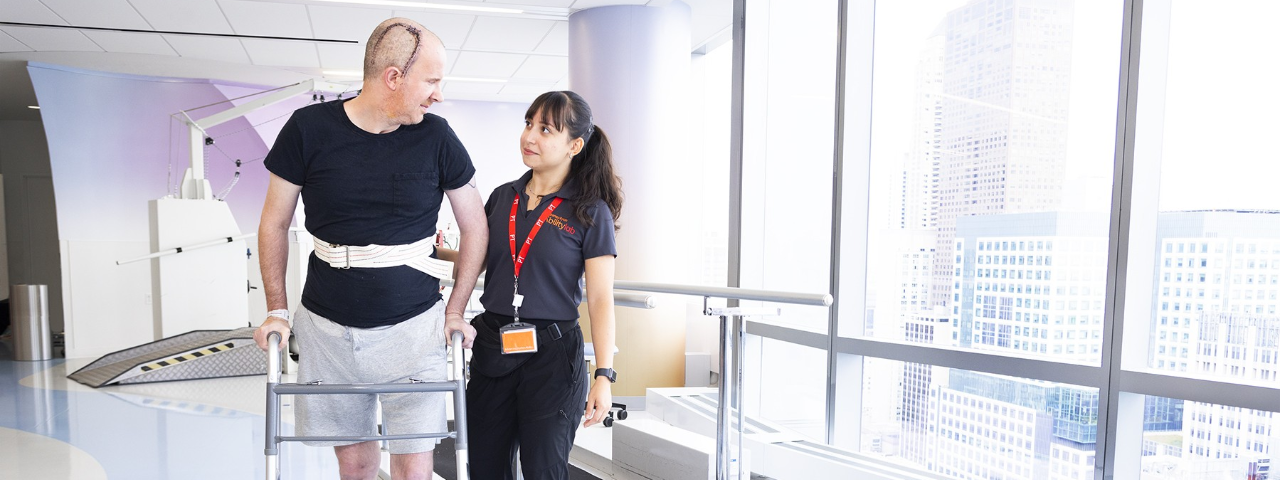Body
My visit to Chicago's Shirley Ryan AbilityLab a couple weeks ago was certainly worth the effort. Worth the effort, that is, if you have any interest in glimpsing the future of acute rehabilitative care. The AbilityLab is the new brand identity for the formerly named Rehabilitation Institute of Chicago; and that new identity fits perfectly with their brand spanking new $600 million facility. As I wrote on May 23rd, the unique concept now is “the first-ever "translational" research hospital in which clinicians, scientists, innovators and technologists work together in the same space, 24/7, surrounding patients, discovering new approaches and applying (or "translating") research real time.”
The overall concept is quite innovative, for two primary reasons; customized immersive care and the research/clinician partnerships previously mentioned. The Shirley Ryan AbilityLab offers its revolutionary model of care through five Innovation Centers focused on areas of biomedical science. They are:
- Brain Innovation Center
- Spinal Cord Innovation Center
- Nerve, Muscle & Bone Innovation Center
- Pediatric Innovation Center
- Cancer Rehabilitation Innovation Center
Each center features medical and research pods located within or adjacent to patient and rehab sections designed for optimum care at the facility. The close working relationship of all pertinent players provides innovative support for medical professionals, while allowing researchers to better understand and respond to real life situations and needs.
The immersive care approach is facilitated through a true team effort, where patients are provided with doctors, psychologists, occupational therapists, biofeedback experts, rehabilitative therapists and more, each working in a coordinated approach to insure the best possible outcome. It is a radical departure from traditional medicine, but it is a quantum leap towards improving care overall.
While my visit there, as part of an open house sponsored by Out Front Ideas with Mark Walls and Kimberly George, did an impressive job of relaying the importance of melding the research and clinician disciplines, it was quite simply the attitude behind the effort that left me most impressed. Every inch, every thought, every breath, every moment in time at the AbilityLab is focused on restoring function; not just returning injured workers to a job, but restoring whatever quality of life possible to them and their families.
Every speaker and every presentation mentioned function - Restoring function, functional restoration, or as one speaker put it, “function, function, function, function, function.” If only my friends at the IAIABC Disability Management and Return to Work Committee could have been there to experience that with me. Having been steadily beating the function drum the last few years, their message was music to my ears.
To read the rest of this story, visit workerscompensation.com.

